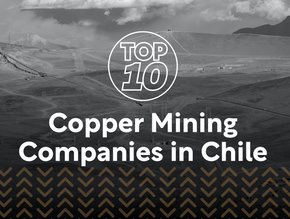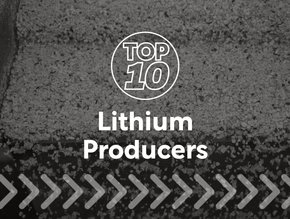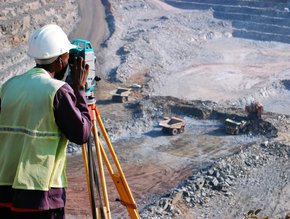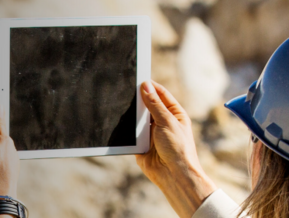Top 10 trends in the diamond industry
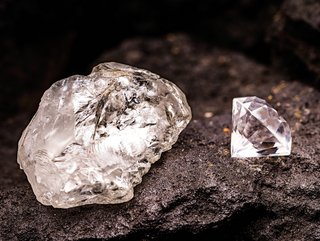
Following rocky conditions in 2020, the diamond industry proved to be resilient, and delivered a "spectacular showing" in 2021, according to a new report from Bain. Every sector of the diamond industry performed well and emerged from the Covid-19-induced crisis well-positioned for future growth. In 2020–21, the diamond industry invested heavily in technology to gain operational efficiency, create marketing and consumer experiences that attracted buyers, and accelerate e-commerce schemes. Here are 10 key trends from the report.
10: Diamond industry sees 'spectacular reversal'
In 2020, diamond jewelry sales fell 14% and rough diamond sales declined 31%. Luckily, industry revenues rebounded faster than expected and quickly exceeded 2019 levels.
Yet in 2021, revenue increased 62% in the diamond mining segment, 55% for cutting and polishing, and 29% for diamond jewelry retail—all rising above pre-pandemic levels (+13%, +16%, +11%, respectively). The trend was consistent with previous economic downturns, when the diamond industry recovered with high double-digit growth within 12 to 18 months after a crisis peak.
09: Diamond demand soars in H2 2021
The year started with a strong Chinese New Year season and Valentine’s Day. In the second quarter, retailers placed orders earlier than usual to refill depleted inventories. Customers’ urge for emotional gifting, increased savings, limited availability of experience-based substitutes, and restricted travel boosted diamond jewelry purchasing. Demand grew even higher during the second half of 2021 in preparation for the winter holiday season.
08: Depleted inventories translate into price growth
After a fall in 2019 and 2020 of 7% and 11%, respectively, rough diamond prices grew by 21%. Prices for polished diamonds, which declined by 3% and 5% in 2019 and 2020, respectively, increased only 9% year over year. By the end of 2021, both rough and polished prices were close to pre-pandemic levels and historic averages but still below their historic maximums (20% below for polished and 26% below for rough diamonds).
07: Margins across value chain return to pre-pandemic levels
Combined, mining and retail players generated US$7bn more profit in 2021 compared to 2020. This was a result of improved market conditions and operational excellence programs the industry undertook to combat lockdowns and competitive threats. The downstream also benefited from growth in more profitable regions, and an increase in online purchasing contributed to faster inventory turnover and lower operating costs.
06: No shortage of diamond financing
With more liquidity, midstream players moved to cash sales and decreased their reliance on bank loans, reinvesting their profits into the business. Financial institutions, such as Guggenheim Partners, extended financing with confidence in the industry. Some larger traders shifted their focus, making finance provisioning one of their largest sources of income.
05: Lab-grown diamonds drive affordability
Lab-grown diamonds continued to diverge into a separate, more affordable jewellery category. The segment saw continued demand growth and price decreases relative to natural-mined diamonds as lab-grown diamond supply increased and technologies advanced; the average polished lab-grown retail price declined to 30% and the average wholesale price to 14% of natural prices, down from 35% and 20% in 2020, respectively.
04: Polished and rough diamond demand to grow
In 2022 the market is expected to demonstrate growth higher than the pre-pandemic period and return to historic growth pace by 2023–24. Industry players must continue to pursue operational excellence programs, invest in digital technologies, and advance marketing concepts and the diamond jewellery value proposition to prepare for potential changes in market conditions.
03: Miners increased volumes to meet strong demand
Miners increased production volumes and pulled from inventories to satisfy strong demand from cutters and polishers. Rough prices increased as midstream companies rushed to restock to meet growing demand. At the end of 2021, upstream inventories hit historically low levels - about 29mn carats, which is close to average technical stock levels. As a result of robust sales, rising prices, and cost-cutting programs in the first half of 2021, mining companies saw 9–11% improvements in margins on average.
02: A year rich in mergers, acquisitions and joint ventures
Rio Tinto acquired the remaining 40% share of Diavik, becoming its sole owner. Rio Tinto also formed a joint venture with Angolan ENDIAMA to explore Chiri kimberlite in the Lunda Sul region of Angola. Gem Diamonds sold Ghaghoo mine in Botswana to a joint venture between Botswana Diamonds and Vast Resources.
Elsewhere Lucapa purchased the Australian Merlin mine, Visionary Victor Resources bought Firestone Diamonds’ Botswana operations (primarily its BK11 mine, which has been on care and maintenance since 2012) and Perth-based Burgundy Diamond Mines acquired Ellendale mine in Australia, which was mothballed in 2015 but could restart fancy yellow diamond production by late 2022.
01: ESG agendas rise in investor and consumer importance
For mining companies, one of the most prominent topics on the ESG agenda is carbon neutrality. De Beers committed to reach carbon neutrality (Scopes 1 & 2 greenhouse gas [GHG] emissions) by 2030, and ALROSA is designing its climate and environmental strategies to decarbonise its operations. Both companies are investing in promising technology that enables kimberlite to absorb carbon dioxide.

